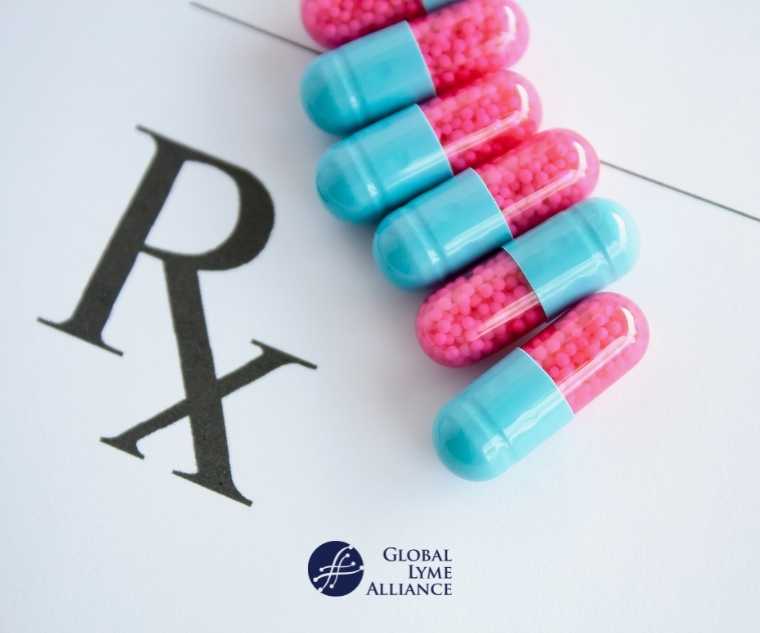
An exciting new finding for a potential treatment gives hope to Lyme disease patients, as it may prevent cases of post-treatment and chronic Lyme disease. So, when can patients actually use it?
Hope recently spread through the Lyme disease community with a breakthrough discovery that the antibiotic hygromycin A may prevent cases of post-treatment and chronic Lyme disease. Funded by Global Lyme Alliance, scientist Dr. Kim Lewis of Northeastern University discovered that hygromycin A—which has been around since 1953 but until now has shown little clinical utility—selectively kills Borrelia burgdorferi, the bacterial spirochete that causes Lyme disease. Dr. Lewis published his study in the prestigious scientific journal Cell.
Antibiotics currently used to treat Lyme disease are broad-spectrum antibiotics. This means that in addition to killing spirochetes, these medications can also kill “good” bacteria in the microbiome of our digestive, reproductive, respiratory, and central nervous systems. Damage to the microbiome can weaken the immune system. Hygromycin A is different because it selectively kills Borrelia burgdorferi without harming the “good bacteria” of the microbiome.
This discovery is significant because another of Dr. Lewis’s GLA-funded projects showed that both Borrelia burgdorferiand conventional antibiotics may foster an unhealthy balance of bacteria populating the gut microbiome. This imbalance is particularly evident in patients with Post Treatment Lyme Disease (PTLD). If diagnosed early and treated with Hygromycin A Lyme patients may be cured and thus avoid suffering from PTLD.
Patients are of course wondering, when can they try hygromycin A? First, the drug must go through clinical trials and get FDA approval. The biotechnology company Flightpath Biosciences will develop hygromycin A into an antibiotic called FP-100. They’ll complete formal pre-clinical animal studies with the antibiotic. Once these animal studies are done, Flightpath will apply to the FDA to start a Phase 1 human trial. This study will determine the safety of the drug, often by testing several dosages, and will be done in healthy volunteers who do not have Lyme disease. Phase 1 trials can take six to nine months to complete, depending on the number of subjects enrolled.
If all goes well in the Phase 1 trial, the drug will move to Phase II, which studies the efficacy of the antibiotic against Lyme disease in patients who are already suffering with the infection. Phase II trials often are conducted in a dose escalation fashion staying within the dosages found to be well tolerated in the Phase 1 trials. Phase 2 trials often includes even more subjects and can take 18-24 months to complete.
The drug will then move into a Phase III study, which will compare the efficacy of FP-100 to a conventional antibiotic on Lyme disease patients. Phase III trials can take 12-24 months to complete and will include the largest groups of subjects to reveal any potential adverse reactions to FP-100 not observed during the smaller Phase 1 and 2 trials. FP-100 must successfully go through all three Phases in order to get FDA approval.
What does that timeline mean for future Lyme disease patients? If all of these Phases are successful, FP-100 could be approved by 2028. While that may feel like a long way off, the extensive process based upon sound clinical science ensures a new safe and effective treatment will be available. “Building upon this discovery, GLA is proud to partner with Dr. Lewis and Flightpath Biosciences,” says GLA Chief Scientific Officer Timothy Sellati, Ph.D. “The latter will usher hygromycin A along the commercialization path, through clinical trials and FDA approval, and ultimately into the hands of physicians struggling to prevent potentially tens of thousands of future Lyme patients from developing PTLD or chronic Lyme disease.”







-2.jpg)